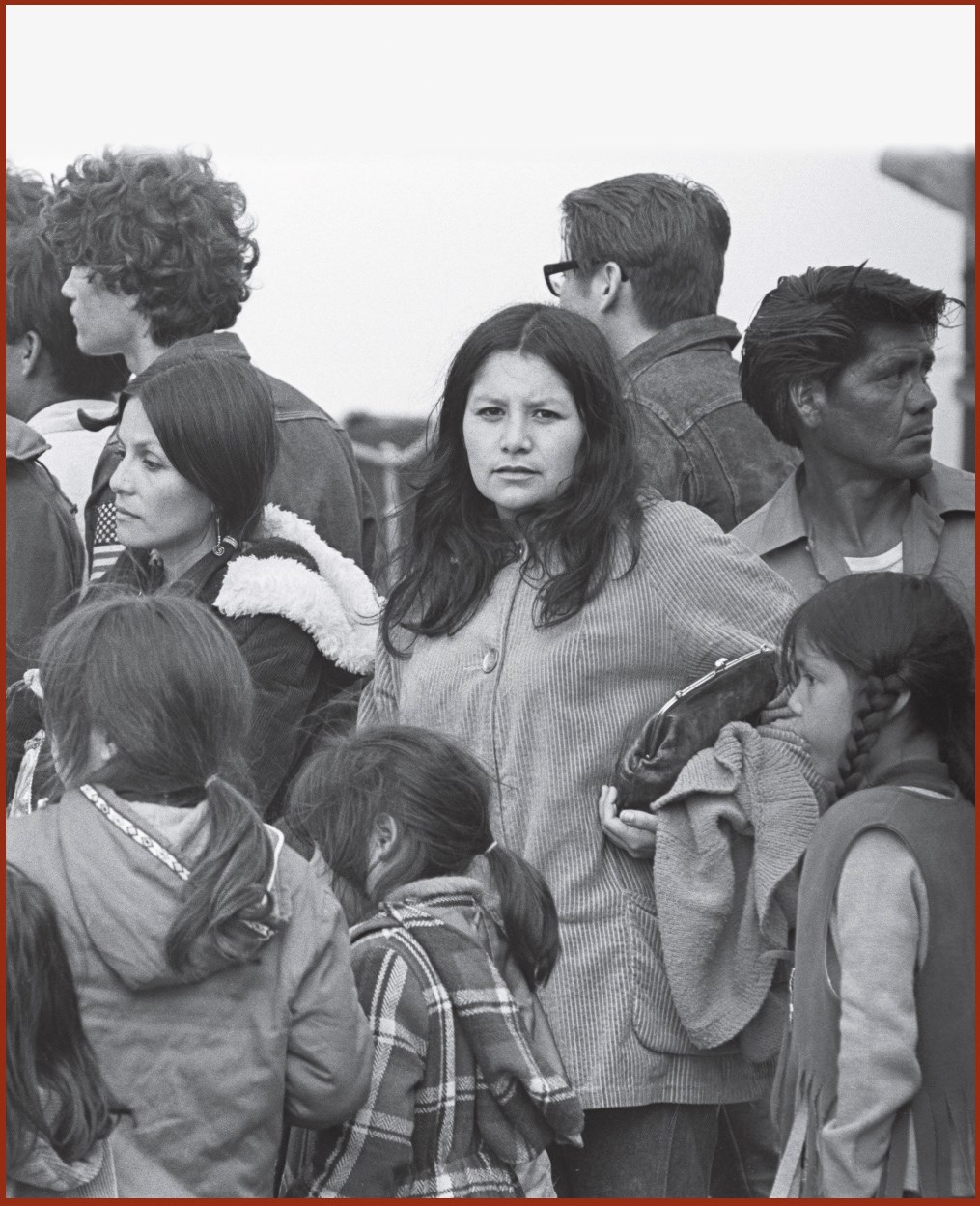Last updated: June 9, 2020
Article
The Occupation of Alcatraz

Roberto Vargas, founded the Mission Cultural Center in San Francisco, a now famous institution. May 30, 1970. | ILKA HARTMANN
Public support for the Occupation waned in June 1970 when fires claimed four structures on the island. Most of the occupiers left as donations dried up and living on the Rock grew more difficult. Federal Marshals arrived on June 11, 1971 to remove the final fifteen.
When hearing of the removal, one of the original occupiers, Richard Oakes stated to the press, “Alcatraz is not an island. It is an idea.” That idea sparked a Red Power movement that continues on to today.
